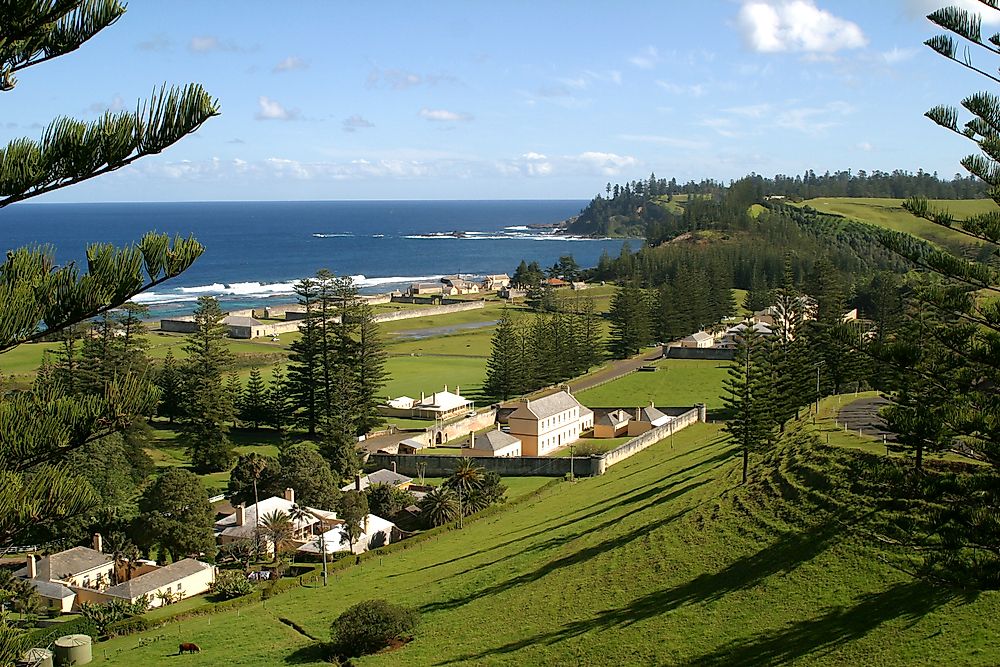
Also, high poverty incidence still prevails among millions of Filipino coconut farmers (Ani and Aquino 2016).Īmong the identified problems in the industry are the unorganized supply chain, vulnerability of coconut to world price fluctuations, low farm productivity, which roots from infestations of cocolisap, the aging of current crop of coconut trees and poor nutrition, inadequate infrastructure support and poor farm to market roads, low allocation on research and development (R&D), and presence of corruption and bureaucracy. In fact, the industry is still considered an “orphan” in the country’s agriculture due to poor investments. 3) (Trademap 2019).ĭespite the continued boom of exports, there has been no significant improvement in the coconut industry. In 2017, the total export amounted to US $ 1, 519,639 (in thousands) with Netherlands and US as the top importing countries (Fig. Among the coconut products exported include coconut oil (CNO), desiccated coconut (DCN), copra meal, and oleo chemicals (Ani and Aquino 2016). In terms of trade, the country continues to export huge amount of coconut products, about 70% of the country’s total coconut production. The area planted accounted for almost 26% of the total agricultural land in 2015 that covers 68 provinces in the Philippines (Fig. On the other hand, the area planted had generally increased from 2000 to 2017, which also caused the production growth in the recent years. Evidently, the yield has declined significantly since 2010. The production has started to slow down in 20 mainly due to the infestation of the coconut scale insects and the occurrence of major typhoons, which destroyed huge number of coconut trees. There had been no significant increase in the production’s growth rate.

Generally, the coconut production had been stagnant from 2000 to 2017 (Fig. Indeed, the country remains to be a top producer and exporter of coconut worldwide (PSA 2019, Lapina and Andal 2017). It is considered a major export, contributing 3.6% of the country’s gross value-added (GVA) in agriculture, next to banana, corn and rice. Another is to focus investments in producing and/or developing other coconut products such as coconut water, coconut sugar, virgin coconut oil, coconut flour, and coco coir, among others."Ĭoconut, also known as the “tree of life”, is one of the most important crops in the Philippines. A strategic direction could be the continued development of coconut while also encouraging the development of oil palm.

However, given the current state of the industry and the veto of the coconut levy bills, other issues should be acted upon in relation to positioning of the coconut industry. These bills are deemed to address the stagnant growth of the coconut industry especially that these will provide funds for developmental programs, improvement of coconut farmer’s income, and improvement of the farms’ productivity, among others.

Rodrigo Duterte vetoed the consolidated bill creating the Coconut Farmers and Industry Trust Fund and the bill strengthening the Philippine Coconut Authority (PCA). A factor that has considerably affected the industry is the controversies surrounding the coconut levy fund.

However, despite the continued boom of coconut exports, there has been no significant improvement in the coconut industry for the past years. Coconut remains to be one of the most important crops and a major export of the Philippines.


 0 kommentar(er)
0 kommentar(er)
